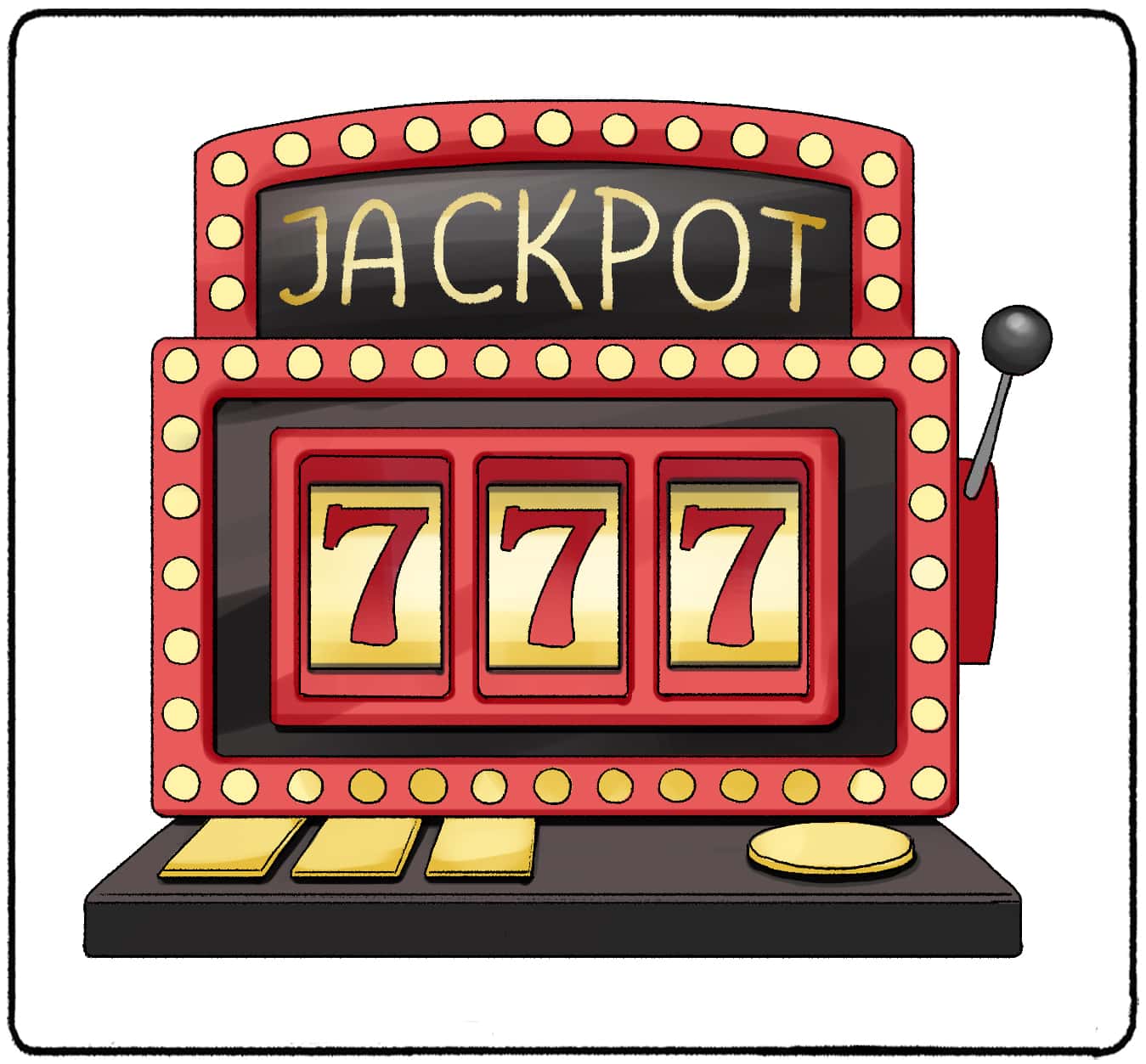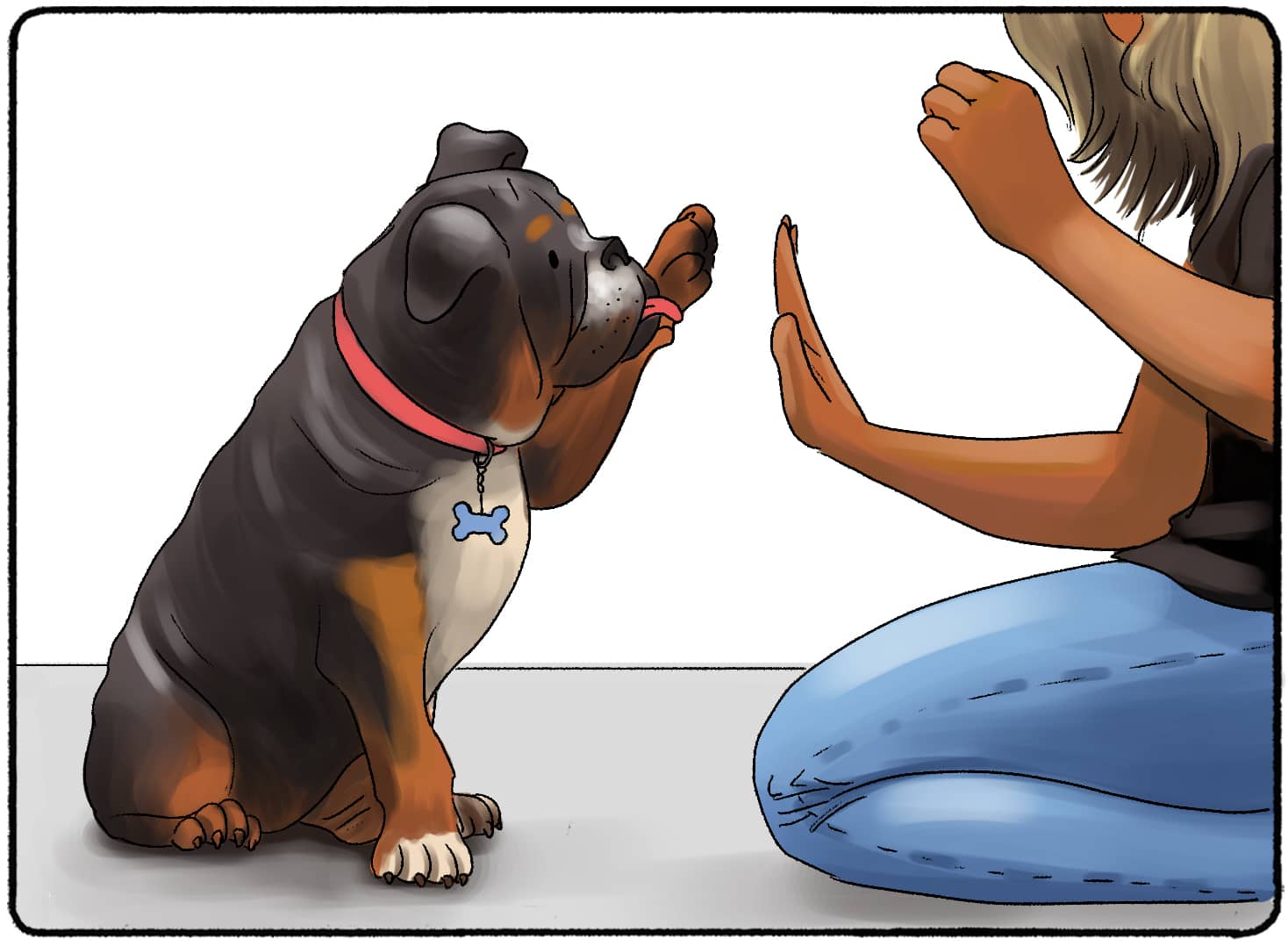Gambling can be fun, but it can also be addicting. Let’s say you win $10 the first time you hit the slots. The next time, you lose a dollar. The next time, you lose another dollar. Despite these losses, the hope of another win lingers in your mind, compelling you to believe that another win is just around the corner. This urge to keep betting, even in the face of losses, is not just a result of sheer luck or chance.
The prolonged engagement with slot machines, where people sit for hours placing their bets repetitively, isn't coincidental. These machines are deliberately designed to operate on a principle known as a variable ratio reinforcement schedule. By understanding how this schedule functions, one can better recognize its powerful influence in driving the continuous behavior of gambling. This mechanism taps into our psychological responses, making us persist in the hope of a potential reward, even if it's uncertain when that reward will come.

What is Variable Ratio Reinforcement?
Variable ratio reinforcement is one way to schedule reinforcements in order to increase the likelihood of desired behaviors. The reinforcement, like the jackpot for a slot machine, is distributed only after a behavior is performed a certain number of times.
How many times? The answer varies. Maybe the slot machine will give out the jackpot after three pulls, or 20, or 2,000. The answer will always vary, keeping subjects (or the people encouraged to perform the behavior) on their toes.
This is slightly different from a fixed ratio reinforcement schedule, in which the reinforcement is distributed after a fixed amount of responses. Again, if people knew that they would hit the jackpot after 2,000 pulls of the slot machine, there would be more people sitting for hours at a time until they reach their 2,000th pull. But that’s not how a variable ratio reinforcement schedule works.
Examples of Variable Ratio Reinforcement
Vegas isn’t the only place where you’ll find this variable ratio reinforcement schedule. Understanding this reinforcement schedule can also help you train a pet or train yourself to perform certain behaviors.

1) Training a pet
In a lab, psychologists would study variable ratio reinforcement with animals. They might train an animal to press a button a few times in order to receive a treat. The “few times” would vary every time the treat was given to the animal.
You may already do a similar thing at home with your pet, whether you recognize it or not. Maybe you run through a random list of commands, like “sit,” “speak,” or “down,” before you give your pet their food or a treat. This is a form of variable ratio reinforcement.
Reddit users offered their tips for using this schedule while training pets!
Continuous to Variable Ratio Reinforcement
u/Disglerio314 said, "Start with continual, so the dog learns what things mean. Then a gradual shift to variable to keep the dog from going “oh human wants me to do X, but I’m not hungry right now so I don’t think I will”.
If you start with variable then the dog might be confused about why sometimes doing X is a good thing and gets treats and why sometimes it doesn’t and not learn the meaning of the command."
"Jackpot Treating"
u/cylequea said, "I'll still do continual reinforcement for several days to even months depending on how difficult the trick or behavior was.
Differential reinforcement (or jackpot treating, as I've heard it called) is when they do something really well. e.g. our dog letting me dremel her nails for a lot longer than normal, doing a weave on a first go, etc.
Variable reinforcement only happens after she's done a behavior consistently after several months and I know it's already part of her regular vocabulary/lingo AND something she doesn't mind doing. I'll still do continual reinforcement if it's something she actively dislikes, like bath time, dremeling, taking medication (like getting eye drops or eating her heartworm pill), etc."
Training in Dog Sports
u/Twzl said, "If you do dog sports, and you are always training your dogs, you will always have to have things your dog finds rewarding, or you lose the drive and enthusiasm, over the long haul.
I have one dog who will do anything for a toy. I have a small cooler for him, that has a bunch of toys in it. When we train, the cooler may be anywhere out on the agility course. It's always in a different place, sometimes it's not even in the ring.
I'll ask him to do a sequence or run a full course, and at some point, he'll usually see that his cooler is there. But he can't get the toys. What I wind up with is a dog who is in hyperdrive and focused because he wants his damn toys. When we're done I'll run with him to the cooler and open it so he can grab a toy.
What I don't do is run around with a BALL in my hand or a tug toy. When he was young, sure. But now he knows that we're working together, and that at some point there will be a reward."
2) Temper tantrums
Not all reinforcement schedules are intentionally set, but they still increase the likelihood of certain behaviors. Let’s say a child throws a temper tantrum at dinner because they don’t want to eat their vegetables. Most of the time, their parents wait out the tantrum and do not leave the table until the child eats their food. But every once and a while, when the parent is tired or frustrated, they “give in.” They take away the child’s plate of food and the child doesn’t have to eat vegetables.
This doesn’t happen every time the child has a tantrum, but it happens enough for the child to learn that throwing a tantrum sometimes works. Over time, if this behavior is reinforced occasionally, they will continue to use a tantrum as a viable way to get out of eating vegetables.
3) Sales, pitching, or getting a part
Picking up the phone for a cold call can be discouraging - unless you view it as a variable ratio reinforcement schedule. Not every call that you make is going to end in a deal. In fact, most calls will end in a rejection. But every once and a while, be it one in every 100 calls or even every 500 calls, you close a sale or receive an acceptance.
The same process works for an author who is trying to pitch their book to a publisher, an actor trying to land a role, or an entrepreneur looking for funding. Getting through all of the rejections feels like inching closer to a win. When sales reps, actors, or other people who have to pitch their products and services every day treat this task as a numbers game, they are likely more encouraged to keep pushing through, even when they face 10, 20, or 50 rejections in a row.

Does Variable Ratio Reinforcement Work?
Variable ratio reinforcement is a partial reinforcement schedule, meaning that the reinforcement is not distributed every time the person performs the behavior. The schedule of the reinforcement and the reinforcement itself affect whether or not the subject is likely to perform the behavior.
If a person knew they would win the jackpot every time they played the slot machines, every person in the world would be at the casino right now winning millions of dollars. But that is not how casinos work. People will walk away from the slot machines losing hundreds or thousands of dollars at a time, but they might still come back to play the slots the next day because they believe they will win the jackpot.
This reinforcement schedule leads to a steady response rate. In other words, it works. A person may walk away from the slot machine after winning the jackpot and say that they are not coming back, but after a period of time, they will come back.
Other Schedules of Reinforcement (Examples)
A variable ratio reinforcement is just one option for people who want to increase the likelihood of someone else’s (or their own) behavior. Fixed ratio, fixed interval, and variable interval schedules are also available.
Fixed-ratio reinforcement occurs when a reward is given out after a fixed number of responses. Do you have any reward cards from local businesses? After nine coffees, you get one free? After checking in 10 times to a climbing gym, you get free chalk? This is an example of fixed-ratio reinforcement.
Fixed-interval reinforcement occurs when a reward is distributed if the behavior is performed within a fixed interval. Chore charts are a great example of this. Let’s say you have a list of chores to do on Monday, Tuesday, Wednesday, etc. You don’t have to make your bed at 7 a.m. every Monday, but if you make your bed by the end of the day Monday, you get a reward.
Variable-interval reinforcement occurs when a reward is distributed if the behavior is performed within variable intervals. A great example of this is a secret shopper. The behavior is good service or various parts of the selling cycle. Maybe the secret shopper comes in twice in one year. Maybe they come in at the beginning of the year and then two months later just to make sure the shop is doing a good job. If the behavior is performed, then the reward is distributed.
Continuous Reinforcement
All of the above reinforcement schedules are partial reinforcement schedules. The alternative to this is a continuous reinforcement schedule. Every time a behavior is performed, a reward is distributed. Although this is certainly the best way to ensure that behaviors are performed after conditioning, it’s not always feasible. Sharing a reward every time your dog sits, especially if that reward is a treat or a toy, will have more negative effects than positive.
How to Condition Yourself With Variable Ratio Reinforcement
Conditioning yourself with variable ratio or variable interval reinforcement is pretty tough. You aren’t supposed to know the time in which the behavior should be completed! But there are some ways that you can try out this form of conditioning.
Buy yourself a slot machine.
No, not one of those Vegas slot machines that take up a whole room. There are little slot machines available online that people place in their bars for decoration and fun. Keep it in a place next to where you perform a behavior that you want to condition yourself to do and play the machine every time you perform that behavior. Whenever you “win,” give yourself a big reward!
Fill up a container!
This is a bit creative but stay with me. Grab a piggy bank, opaque jar, or another container that you can fill with items every time you perform your behavior. Once that jar is completely full, reward yourself. You can maybe get a sense of when you’re reaching your reward, but with an opaque jar large enough, you won’t know exactly how many times you must perform the behavior to get the reward!
Recruit an accountability buddy.
Let your friend or colleague determine the various ratios in which you get a reward. Tell your buddy about the behavior you want to condition yourself to perform. If they catch you doing it “a few times,” tell them to offer you a reward. Make sure they understand variable-ratio reinforcement so they know not to give you a reward every time. For example, ask a friend to give you some encouragement occasionally when they see you drinking water. Or, hand them a few bucks and tell your friend to give it back to you after “a few days” of not smoking. If you want that reward back, you’ll make sure you’re not smoking around your friend!
